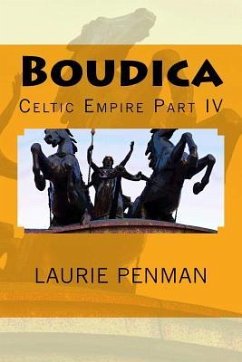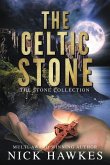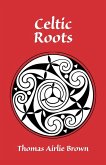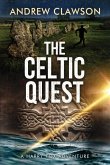Britain in 60AD is divided into two major areas, the south east, which consisted of Roman Britain and the north which was now the nation of Camelod. This nation had grown rapidly from a small colony established by two Roman refugees, in 34AD. Over a quarter of a century Camelod has built a highly mobile army, and industries that make use of steam and water power. Although tiny by comparison with Rome, its' economy is strong.When Roman tax collectors took advantage of the death of the King of the Iceni (officially recognised as a 'Friend of Rome') to seize property, much of the wealth of the tribe, humiliate his Queen, Boudica and rape her teenage daughters before the assembled tribe, the Iceni rose and followed the raging Queen in an orgy of destruction vented on the cities of the Roman province.Camelod watched the rapid growth of the rising, and mobilised its army to take advantage of the chaos that is resulting in the south. Rome's occupation of Britain hangs in the balance.
Bitte wählen Sie Ihr Anliegen aus.
Rechnungen
Retourenschein anfordern
Bestellstatus
Storno






